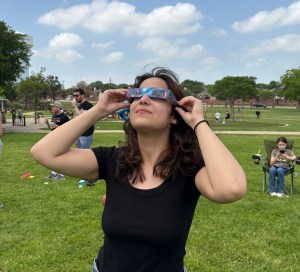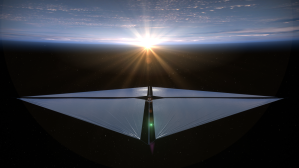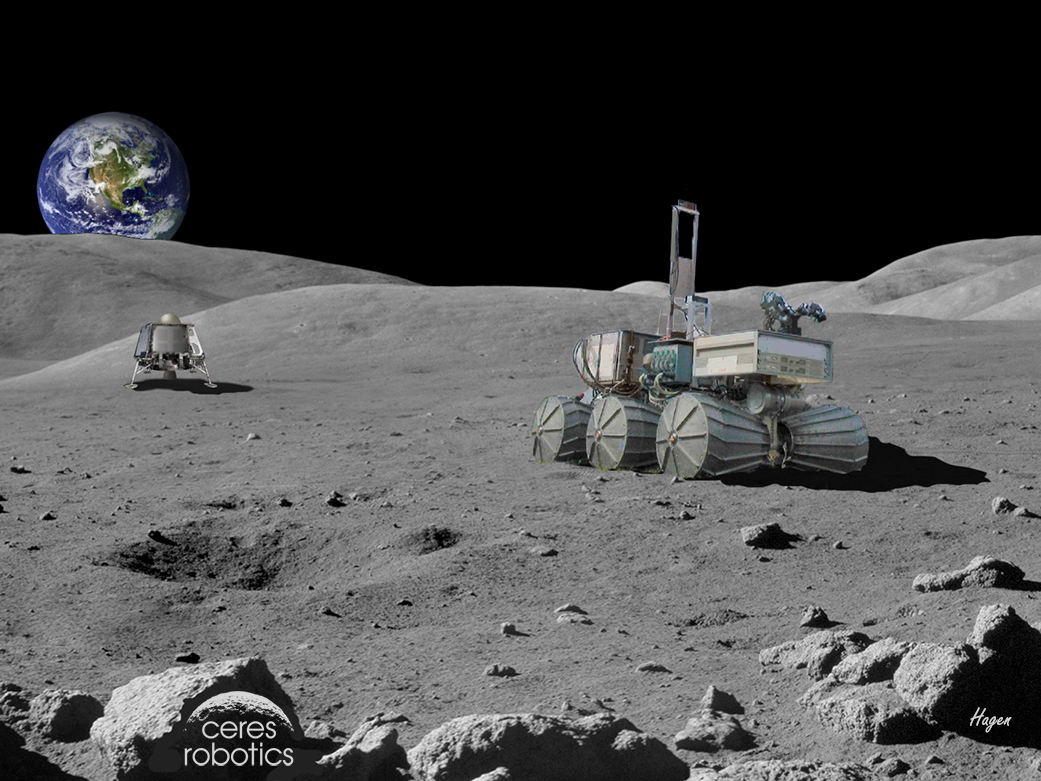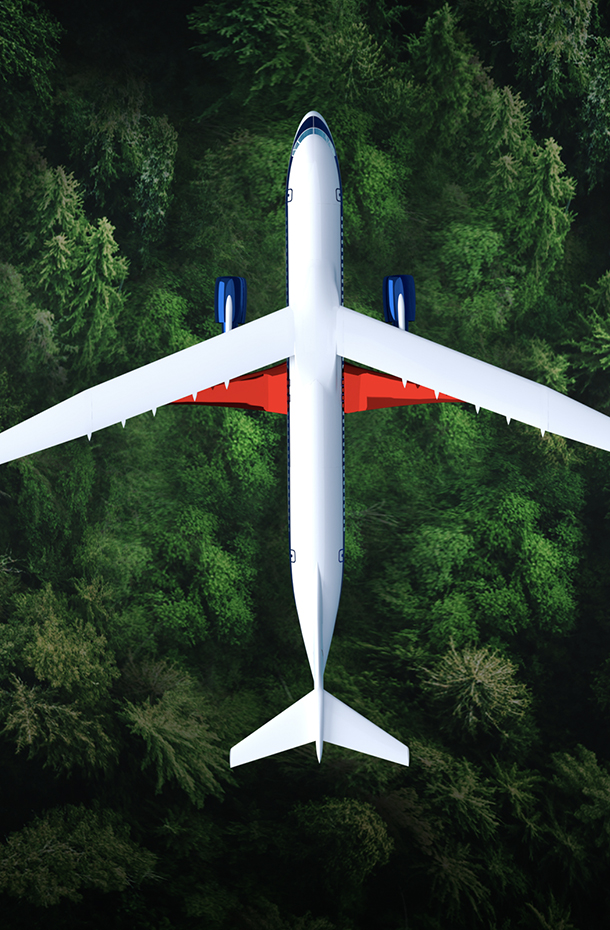It wasn’t the first ribbon cutting ceremony at NASA’s Langley Research Center, nor is it likely to be the last.
But it may very well be the only ribbon cutting ceremony at NASA Langley where the piece of technology on display — a robotic arm named ISAAC — cut its own ribbon.
Agency, state and local officials gathered at NASA Langley Jan. 26 to see ISAAC do just that, and to celebrate the official debut of what Hampton, Virginia, Mayor George Wallace called “truly an impressive machine.”
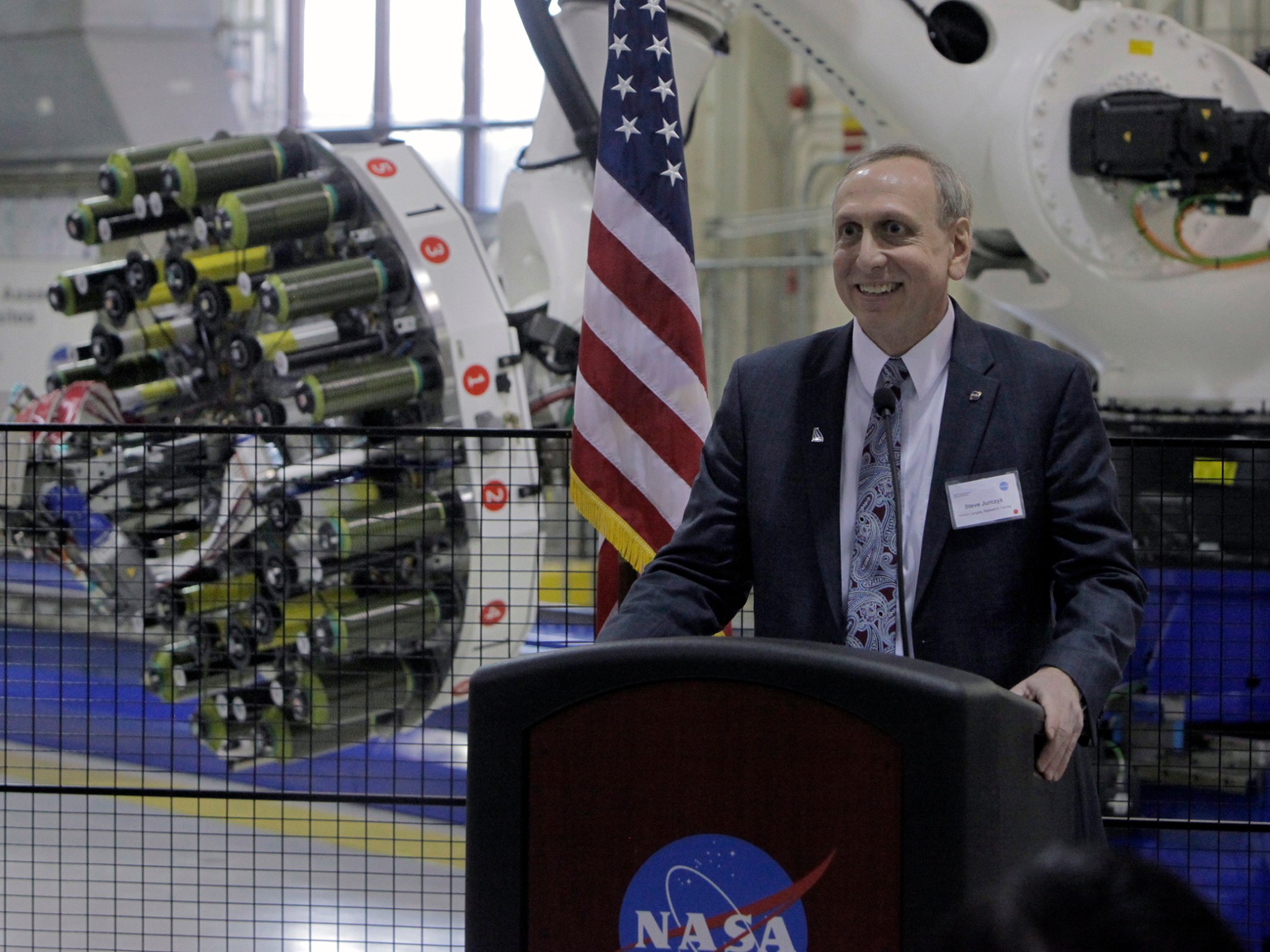
Researchers at NASA Langley will use ISAAC, which stands for Integrated Structural Assembly of Advanced Composites, to develop lighter, stronger composite structures and materials for aerospace vehicles.
As NASA Langley Center Director Steve Jurczyk opened the ceremony, a loud hissing noise issued from ISAAC. Jurczyk glanced over his shoulder.
“If it comes after me, give me a heads up,” he joked.
Jurczyk was all business, though, in describing the capabilities ISAAC brings to the center and the agency.
“ISAAC will really make a difference in our ability to more efficiently and effectively manufacture subsystems and components using composite materials for use in aircraft, spacecraft, launch vehicles and many other systems,” he said. “So we’re going to do some really exciting research and technology development with this capability.”
ISAAC looks almost like the creation of a Hollywood special effects team, particularly when it’s moving. In fact, previous stories have compared ISAAC to the robots in the Transformers movies.
But this robot doesn’t transform into an airplane or car. Instead, the machine, which weighs more than seven tons and stands two stories tall when fully extended, picks up massive heads filled with spools of carbon fibers, then works in preprogrammed patterns to deposit those fibers onto complex forms or molds up to 40 feet long.
“Here we are as an agency embarking up deep space exploration and the journey to Mars, and I’d argue that that path goes right through here, right through ISAAC,” said Mike Gazarik, associate administrator of NASA’s Space Technology Mission Directorate in Washington, D.C.
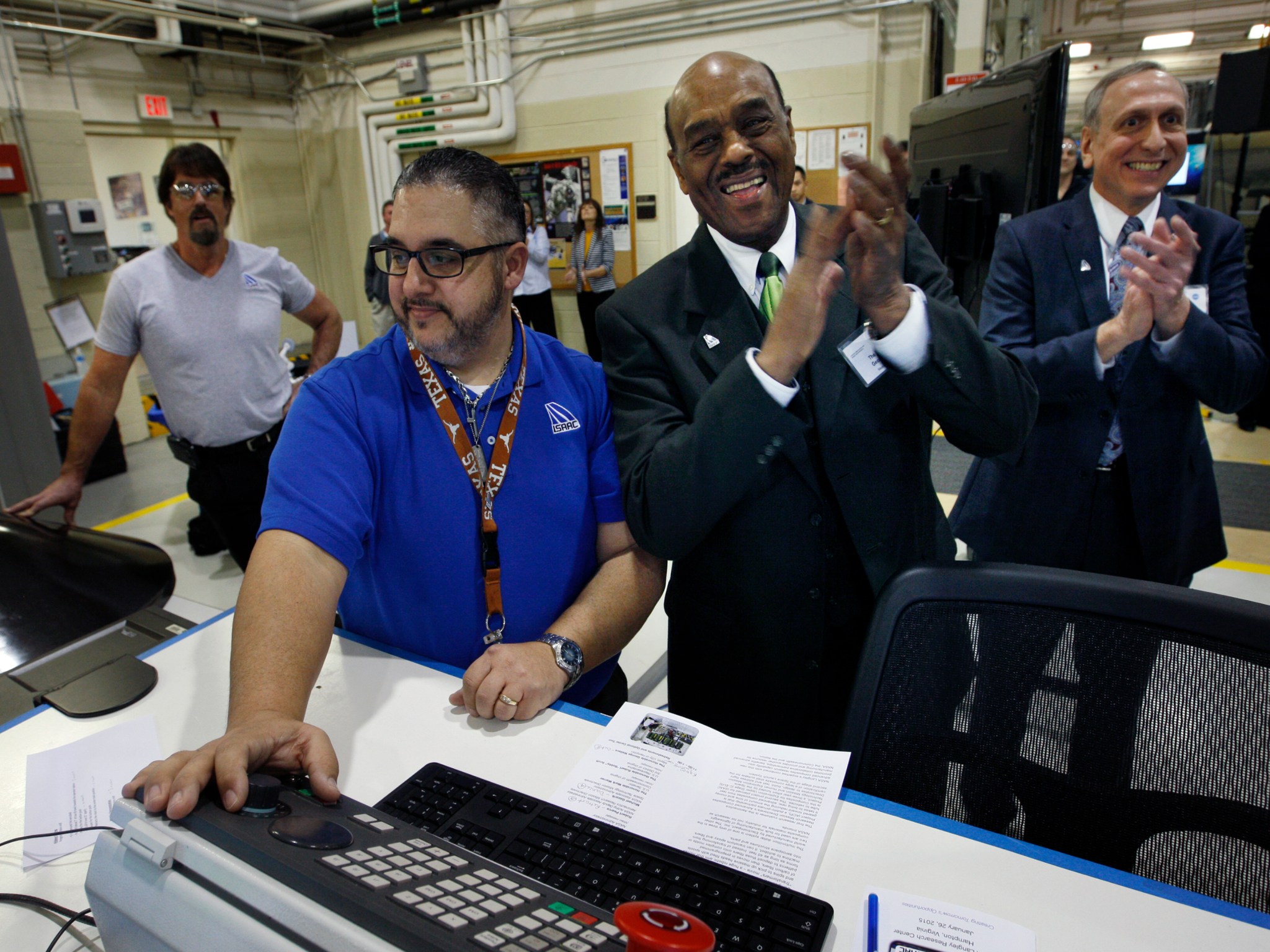
Gazarik explained that lightweight composite structures and materials like the ones ISAAC is capable of making will be crucial in helping researchers figure out ways to reduce payloads for missions to deep space.
Those composite structures and materials will be equally crucial for NASA’s Aeronautics Research Mission Directorate, where efforts to make aircraft quieter, stronger and more efficient are in full tilt.
“How do we design, develop and manufacture more innovative composite structural configurations? How do we reduce the time from design through certification? And how do we extend and validate our physics-based design tools to account for these manufacturing certification issues?” asked Bob Pearce, acting deputy associate administrator of the directorate. “This new ISAAC capability will provide one avenue for gathering the large-scale experimental data required to answer such questions.”
In a pre-recorded message, Sen. Mark Warner, D-Va., congratulated NASA Langley on its new robot. Warner is a supporter of the Advanced Composites Project, an aeronautics initiative to cut the amount of time it takes to get advanced composites from development and certification to the market.
“I’m confident that with the help of our talented private sector partners, ISAAC will be a long-term asset for NASA Langley that will help make significant gains in the composite materials space,” he said.
NASA Administrator Charles Bolden and U.S. Representative Bobby Scott, D-Va., also submitted pre-taped messages.
ISAAC arrived at NASA Langley in several pieces last fall. Two flatbed trucks carried it across the country from Washington state to Hampton. Since then, engineers and technicians have spent their time putting the robot together and testing it out.
Kevin Bonilla, an engineering technician who operated ISAAC during the ribbon cutting ceremony, is looking forward to moving to the next phase.
“We’re ready to get down and dirty and do some real work,” he said.


























